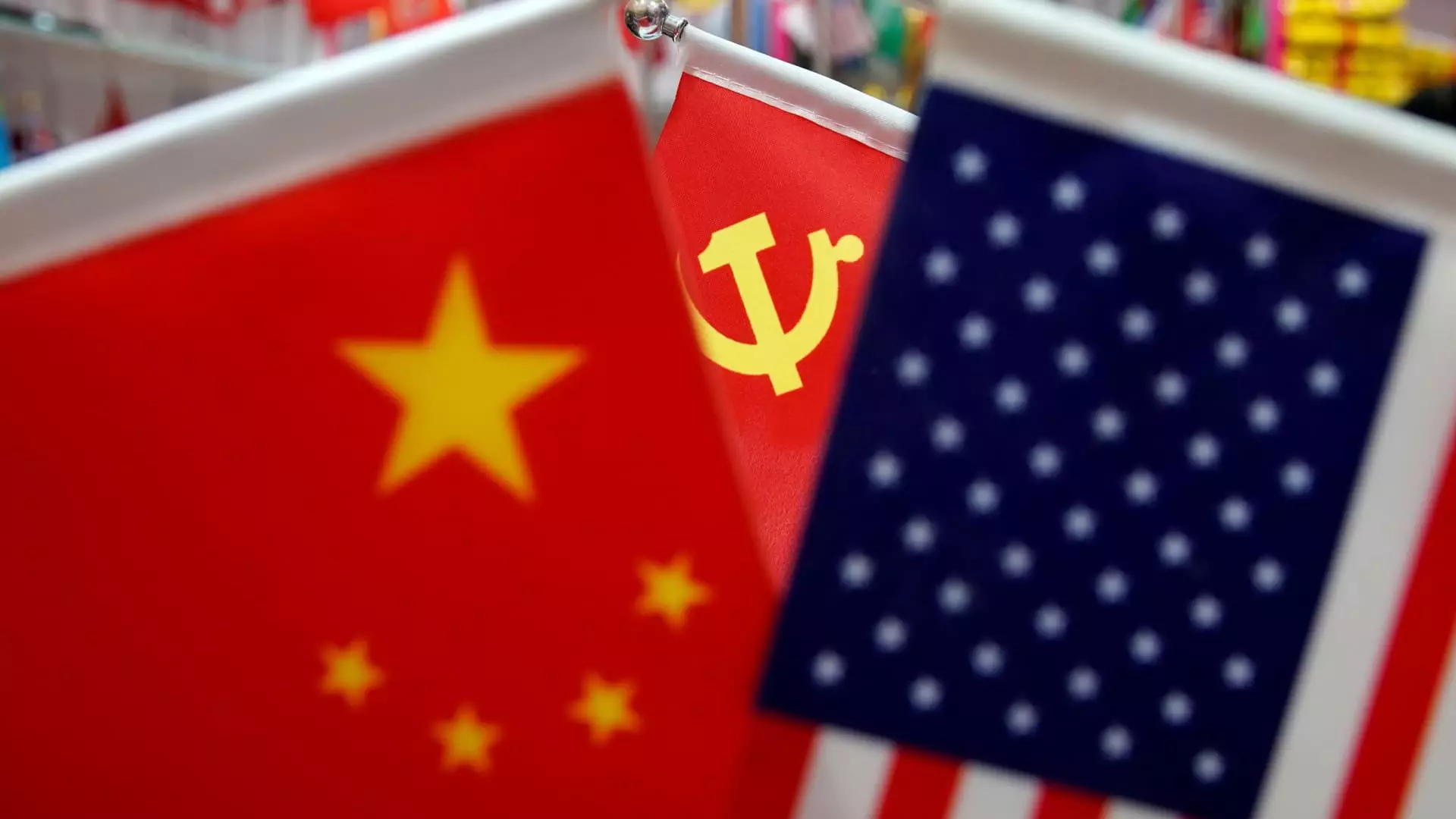In the wake of Donald Trump’s election, China has expressed a strong desire for enhanced collaboration with the United States. Following the announcement of his victory, He Yongqian, a representative of China’s Ministry of Commerce, conveyed the importance of mutual respect and peaceful coexistence as foundational pillars for future diplomacy. This message is particularly significant given the backdrop of a strained relationship marked by trade tensions and tariff threats during Trump’s first term.
The Chinese government’s call for open communication and problem resolution reflects their proactive approach to foreign policy, aiming to stabilize economic interactions. The overarching sentiment is that cooperative engagement between the two nations can foster a mutually beneficial environment, propelling economic growth not just for China and the U.S., but potentially for the global economy.
Challenges Ahead: Tariffs and Economic Strategies
Despite the optimistic overtures from China, underlying tensions remain palpable, primarily due to Trump’s historical stance on trade. During his election campaign, he suggested reinstating or even escalating tariffs on Chinese imports. Economic analysts anticipate that early in his forthcoming term, Trump may enact these tariffs through various legal mechanisms designed to circumvent traditional legislative processes. This potential move could further exacerbate tensions, as it would signify a continuation of the aggressive trade policies that characterized his presidency.
Yue Su, an economist from the Economist Intelligence Unit, highlighted concerns that Trump may employ emergency economic powers to instigate these tariffs swiftly. Such measures would set a concerning precedent and could reinstate a cycle of retaliatory actions from China, leading to an escalated trade war that neither country desires.
Diverse Perspectives on Tariff Impact
Experts are divided on the potential implications of increased tariffs on both nations. David Chao from Invesco expressed skepticism about the ramifications of Trump’s more extreme tariff proposals, indicating that these aggressive stances could be more of a negotiating tactic than a commitment to impose significant tariffs. While a broad 60% tariff on Chinese goods may be seen as the worst-case scenario, the real impact may stem from more moderate tariffs, which could nonetheless have far-reaching consequences on global demand.
If a 10% tariff were to be implemented across the board, Chao warns of a ripple effect that could weaken demand, impacting not only China but other economies in Asia and beyond. This scenario raises critical questions about the interconnectedness of global trade and how unilateral actions by one country can have profound implications worldwide.
As the U.S. and China navigate this complex terrain, the imperative for dialogue and negotiated solutions is clearer than ever. With both sides acknowledging the importance of cooperation, the real test lies in the capacity to translate rhetoric into action. Ensuring a stable and prosperous relationship will require concerted efforts from both nations to address economic disparities while fostering an environment conducive to mutual growth. The decisions made in the near future will undoubtedly shape not just bilateral relations but also the broader dynamics of the global economy.

